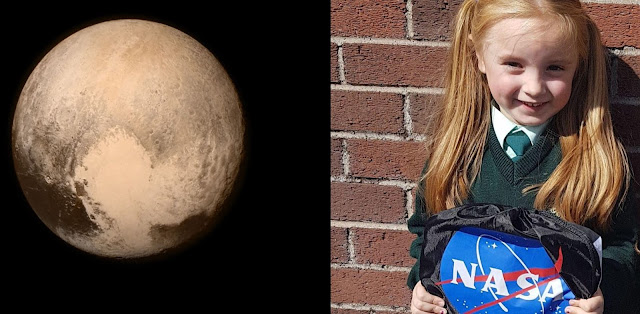China Trumps NASA With Working "StarTrek" EM Propulsion Drive --"Testing Now Aboard the Tiangong-2 Space Laboratory"
According to the China Academy and a collection of scientists of Space Technology (CAST), NASA’s recent results “reconfirm” what they had already achieved and have ideas and plans to implement it as quickly as possible into their satellites. China also claims that they have already constructed an operating prototype of the engine that is claimed to be impossible to constructed for it is a reactionless engine.
There are also rumors that they are already testing it in orbit aboard the Tiangong-2 space laboratory. This EmDrive, radical and fuel-free has has also recently stirred up a controversy after a paper was published by NASA, in which NASA appeared to suggest that they had successfully accomplished such a feat.
If this is true, the implementations of this technology would be massive. For example, the modern satellite would become half its size and not require fuel. Fantastic.
IBTimes UK reports that at a press conference located in Beijing, China, researchers with CAST confirmed that the government had been funding such research since the year of 2010, and also that they have developed a device whose functionality and operations are being tested in low-Earth orbit. This followed a mere month after IBTimes UK received anonymous sources that tests on the EmDrive were underway aboard the Tiangong-2.
Dr. Chen Yue, head of the communication satellite division at CAST said the following at the press conference: “National research institutions in recent years have carried out a series of long-term, repeated tests on the EmDrive. NASA’s published test results can be said to reconfirm the technology. We have successfully developed several specifications of multiple prototype principles.
The establishment of an experimental verification platform to complete the milli-level micro thrust measurement test, as well as several years of repeated experiments and investigations into corresponding interference factors, confirm that in this type of thruster, thrust exists.”
On the day of November 20th, NASA published the long-waited, peer-reviewed paper that exemplified that the seemingly impossible propulsion system actually appears to work. Multiple tests carried out by both NASA and independent researchers also further confirmed that the drive was truly capable of producing actual thrust in a vacuum that would allow humans to reach the Moon in a mere four hours, Mars in 70 days, and distant Pluto in just 18 months.
Also, within their paper, the NASA Eagleworks Laboratory team lays out a hypothesis that predicts that an EmDrive could produce thrust. The reason as to why this is groundbreaking is because such an apparition appears impossible with our current understanding of the laws of physics. Something as this is further evidence that we yet have enormous mountains of knowledge and discovery to conquer.
The official and full paper regarding the drive first appeared online through the American Institute of Aeronautics and Astronautics (AIAA)’s Journal of Propulsion and Power.
The Motherboard admitted yesterday that this truly is a big milestone and to “keep in mind that peer-review doesn’t mean the argument necessarily holds water, only that the measures taken to arrive at the conclusion were considered sound.”
The Electromagnetic Drive is a propulsion system first proposed by British innovator and inventor Roger Shawyer all the way back in 1999 and is based on the theory of special relativity-- electricity converted into microwaves and fired within a truncated cone-shaped closed metal cavity which in term causes the microwave particles to exert more power at the flat surface located at the large end of the cone. In this machine, there is less combined particle momentum at the narrow end, which is caused by a reduction in group particle velocity and this altogether generates thrust.
In order to minimize the change in frequency or wavelength of a wave for the observer moving relative to its source-- the Doppler shift-- circular polarization and a phase-locked loop control the microwave input to the thruster which in turn maximizes the amount of thrust with its acceleration.
Critics input their opinion on the drive, saying that according to Newton’s law of conservation of momentum, the EmDrive theory simply cannot work.
That is because in order for a thruster to gain momentum in one direction, it is necessary for a propellant to be expelled in the opposite direction, while the EmDrive is a closed system.
EmDrive inventor Roger Shawyer claims that following fundamental physics involving the special relativity theory, the drive does in fact preserve that law.
Physics-Astronomy.com via popsci.com, dailymail.co

Comments
Post a Comment